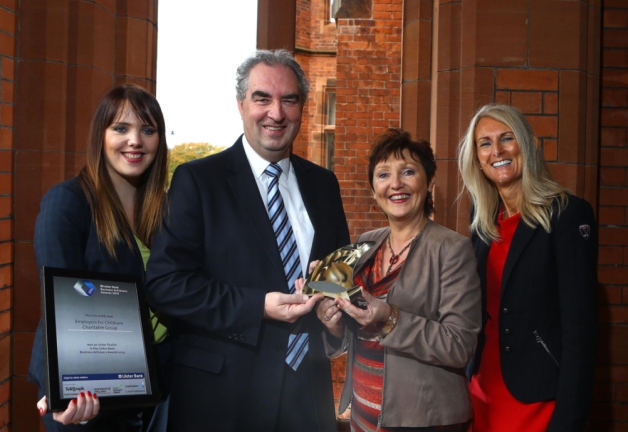Home
About Us
Page 2
2) If not a first time homebuyer, must be planning to purchase a home in a targeted area
|
|
3) Must not have a collective annual income (derived from the all the annual income of the adults who plan to occupy the desired home) that will exceed the limits set by the Keystone Home Loan Program
4) Must have a good credit history and sufficient income to cover the mortgage
5) Must possess sufficient funds that could cover the mortgage and closing costs.
6) Must have sufficient funds that would cover the downpayment cost of the desired home.
In addition, the borrower must also satisfy the addition requirements as set by the Keystone Home Loan PLUS Program:
1) All of the adults who is set to live in the home within 12 months after paying the closing costs must all be classified as first time home buyers, which entails that all of them should not have owned or occupied a single home for the last 3 years.
2) The gross yearly household income of all the adults that seek to reside in PHFA-financed home within 12 months from loan closing should not go beyond the Keystone Home Loan PLUS income limit.
3) The actual purchase price of the borrower's desired home must not exceed the limits set by the Keystone Home Loan purchase price limits.
4) The collective household liquid assets should not be more than $5,000 after the subtracting the funds that are needed to close the loan.
Keystone Home Loan PLUS Program
Back to Page 1
About The Author Iola Bonggay is an editor of TopGovernmentGrants.com one the the most comprehensive Websites offering information on government grants and federal government programs. She also maintains Websites providing resources on environmental grants and grants for youth programs. |
Additional Resources
category - Home Buying Programs
First Time Homebuyer Programs in New York
Homeownership Program for First Time Homebuyers in Connecticut
Department of Housing and Urban Development's Dollar Homes Program
Rural Community Development Initiative
Follow @topgovtgrant
Social Entrepreneurship
Spotlight
Childcare Charitable Group Named Top Social Enterprise

Employers For Childcare Charitable Group (EFCG), a Lisburn-based charity, has been crowned top Social Enterprise at the Ulster Final of 2014’s Ulster Bank Business Achievers Awards. EFCG seeks to “make it easier for parents with dependent children to get into work and to stay in work.”
